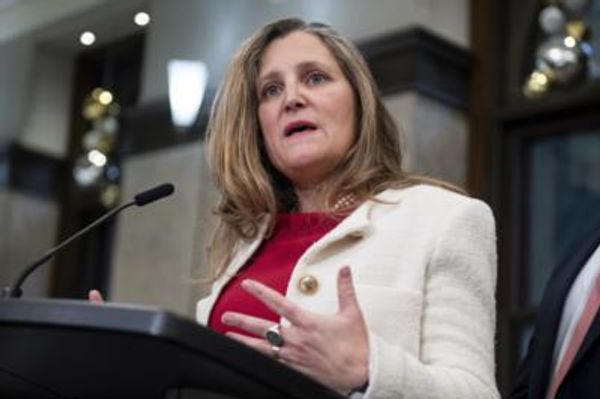
Access to affordable abortions and contraception is still a postcode lottery across Australia. The contraceptive pill can be just a few dollars a month, while long-acting reversible contraception (LARC), such as an IUD, costs more than $400 for insertion with anaesthesia. These expenses are much higher for those who don’t have, or for confidentiality reasons don’t wish to use, Medicare.
Experts have said the extra costs of certain services deny women choice and control over their reproductive health, pushing them to choose whatever is most available versus what is best for them.
With such a variety of what services are available to whom, Australia has a long way to go in implementing the National Women’s Health Strategy, which commits to equitable access to all secondary effective health care by 2030.
Why is there such a variation in cost?
Contraception pills and devices, along with PlanB and the abortion pill RU486, are covered by Medicare, but there are still out-of-pocket costs. Medicare rebates cover less than half the cost of an IUD insertion at $70.90 — which doesn’t cover pain relief for the invasive procedure.
While some clinics act as one-stop shops — where a GP is available to prescribe contraception, the contraceptive is sold and stored at the clinic, and there are trained nurses and anesthesiologists on-site — many clinics only deliver part of the services. Certain clinics require sexual health tests prior to IUD insertion.
For those in regional areas or with limited access to bulk-billing health services, adding in so many steps and costs makes some contraceptives unattainable.
LARCs are “set and forget” contraception methods that account for a fraction of unplanned pregnancies compared to the pill. Yet uptake across Australia is slow — just 10.8% of women aged 15-44 were using a LARC. During the COVID-19 pandemic, Australia faced shortages of many common versions of the contraception pill.
Marie Stopes Australia head of policy Bonney Corbin tells Crikey this amounts to a lack of choice for women. “There are all these different ways that you can have a similar health outcome, but the costs are so different between those options,” she said.
“If you make it cheaper to access one form of IUD over another, at what point does that start to be coercive?”
It’s a similar story for abortions: while South Australia, Queensland and Tasmania have public access to abortions, in NSW they can only take place in a private clinic costing upward of $470 or through Family Planning NSW at $165 with Medicare.
What about the variation in access?
Women in regional or rural areas, Aboriginal and Torres Strait Islander women, people with disabilities and women who can’t access Medicare due to their visa status all face unique barriers in accessing reproductive health services, Women’s Health Victoria CEO Dianne Hill tells Crikey.
“There is a range of barriers or controls in place that don’t allow women to fully exercise their rights to reproductive autonomy,” she said.
Those in rural areas may struggle to access a GP who is willing to prescribe contraception or find practitioners who are trained in IUD insertion services. Women who speak languages other than English and Indigenous women find it difficult to access services that are culturally appropriate, and women with disabilities struggle to access sexual reproductive services to meet their needs because of stigma and misguided presumptions of their sexual reproductive health needs.
In Victoria, there are no medical abortion prescribers in 12 local government areas, while last year leading national abortion provider Marie Stopes closed several clinics across regional Queensland and NSW due to lack of funding.
“So we have to make it easier and more affordable for women to get the services close to where they live in a way that is free from stigma,” Hill said.
“That should be their human right to do.”
What more needs to be done?
Both Corbin and Hill welcomed the bipartisan support for the National Women’s Health Strategy, saying it was an excellent step in making reproductive health services accessible for all Australians.
But there are two things that need to be prioritised, Corbin said: funding and GP appointments. A current bulk-bill standard consult is just 10 minutes long, and with no current Medicare line items for contraception consulting, many women aren’t given an opportunity to discuss their options.
“Some GPs may find it easier to prescribe the pill than go through the process of prescribing an IUD, particularly when an IUD is costly and in some situations requires ongoing referrals,” she said.
“Most states and territories don’t fund pregnancy choices counselling within their health system … so a lot of counselling is done by NGOs and private clinics.”
Corbin hopes some funding in the strategy will be prioritised for reproductive health, with a focus on coordinating access at a national level and examining how states are honouring the mandate. When it was launched in 2019, $52.2 million was allocated to the strategy.







